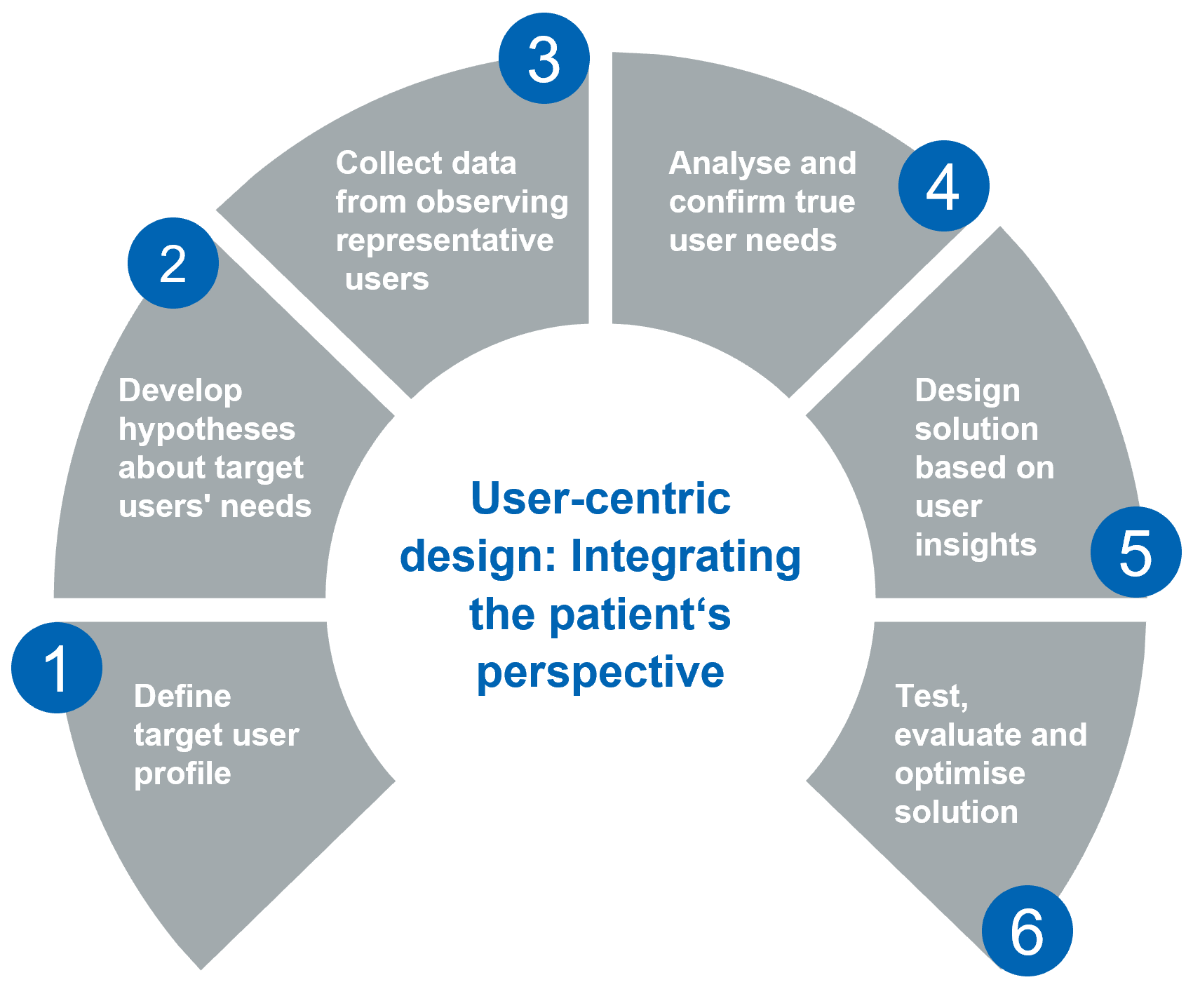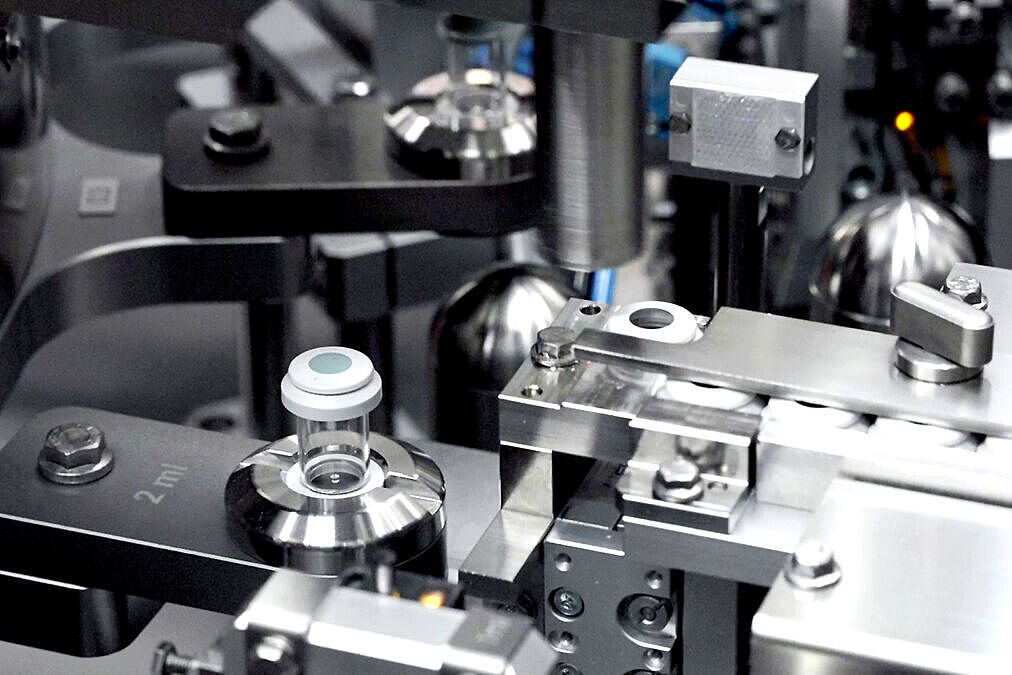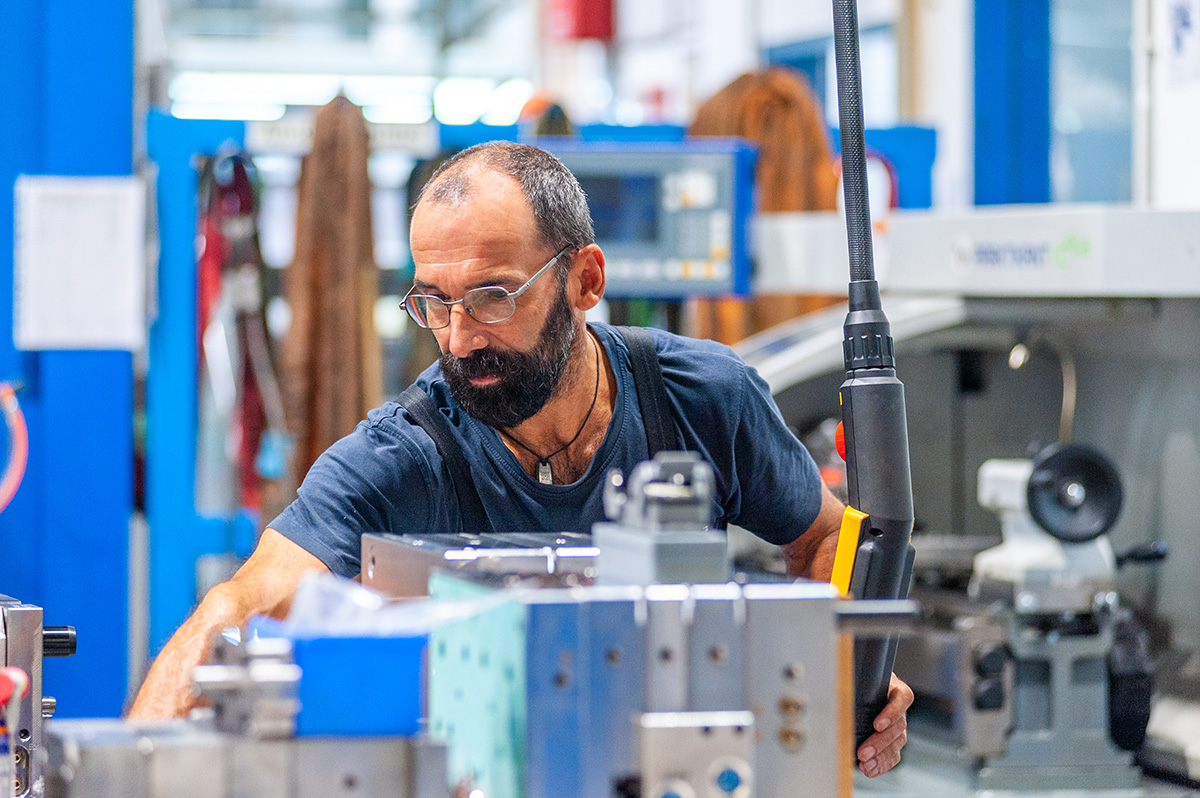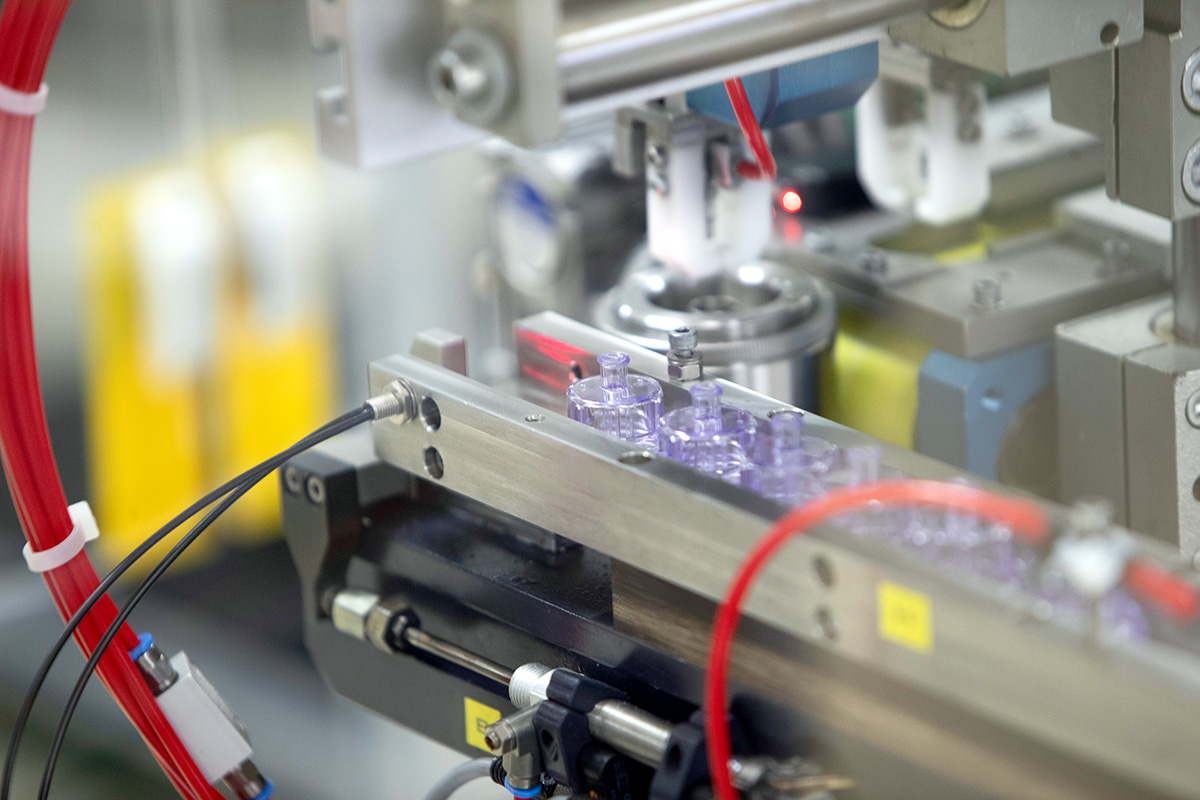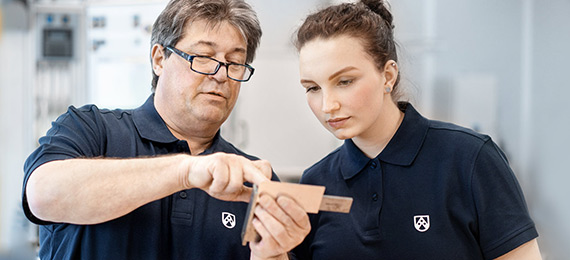Need for Ergonomic Packaging Solutions
Many patients have difficulties opening medical primary packaging. But what is the ideal closure design for patients with impaired fine motor skills?
Patients with arthritis or diabetes or repercussions of chemotherapy often cannot move their fingers or experience pain when moving their fingers. This can cause them great difficulty when trying to open a tablet container. Solutions available on the market involve various additional devices or separate opening aids, which can be lost or broken easily.
Application Study with Affected Patients
Together with the Department of Clinical Pharmacology and Pharmacoepidemiology at Heidelberg University Hospital, we evaluated new ergonomically optimized closure designs for tablet containers for user-friendliness and manageability.
The closure variants were tested with outpatients of the rheumatology clinic—among them sufferers of arthritis or rheumatism and scleroderma.
These patient groups have in common tender or tight skin, stiff and painful joints or even more severe symptoms that significantly reduce their fine motor skills and grip strength. Patients taking part in the study had up to 30% lower finger force than adults without impairment. Consequently, they have great difficulties with opening drug containers.
Findings of the study:
- Oberserved patients tended to use their fingertips for opening tablet containers, which additionally limited the applied force.
- Surface texture is an important factor—the grooved structure of the conventional standard child-resistant closure was found to be very unpleasant.
- The optimised closure designs were preferred by 53% of the patients, with one design being the clear favourite; only 13% preferred the standard closure.
Design Thinking: Integrating the Patient's Perspective
We chose a patient-centric development approach in collaboration with the Department of Clinical
Pharmacology & Pharmacoepidemiology at Heidelberg University Hospital to develop optimized closure solutions for impaired patients. We had access to patients with scleroderma and rheumatoid arthritis, who took part in an application study. Based on first insights and hypotheses about patients' needs, alternative closure designs were developed. These designs were then tested by the affected patient group regarding easier opening and closing compared to a standard closure, using different grip techniques. Subsequently, the ergonomic design solution was further refined in an iterative process, based on observations and interviews from this application study.
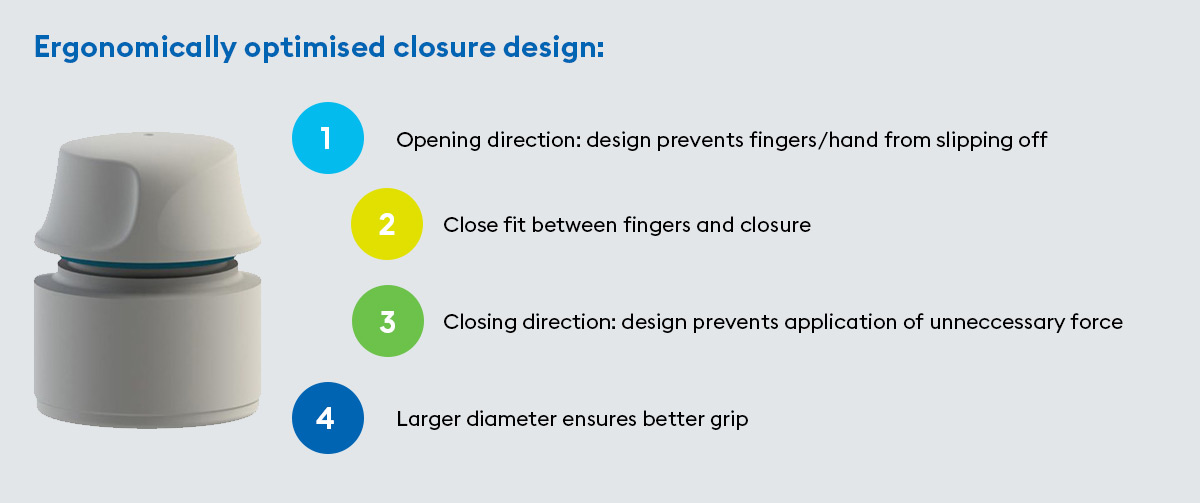
What Distinguishes the Ergonomic Closure Design?
The ergonomic shape simplifies handling and minimizes the required force:
- Larger diameter and a higher lid minimizes pressure on affected joints and facilitates gripping with stiff hands.
- The lid is smooth without grooves that could hurt the patient’s hands.
- Opening direction: ridges prevent the hand or fingers from slipping off.
- Closing direction: surface design prevents unnecessary force from being applied that would lead to closing the lid too tightly.
The benefits of ergonomic closure design:
- Ergonomic designs reduce effort and pain associated with opening a drug container.
- They are beneficial to increasing patient adherence to treatment, by increasing the likelihood that they will take their tablets as prescribed, facilitating successful treatment.
Ergonomic Closure Variants
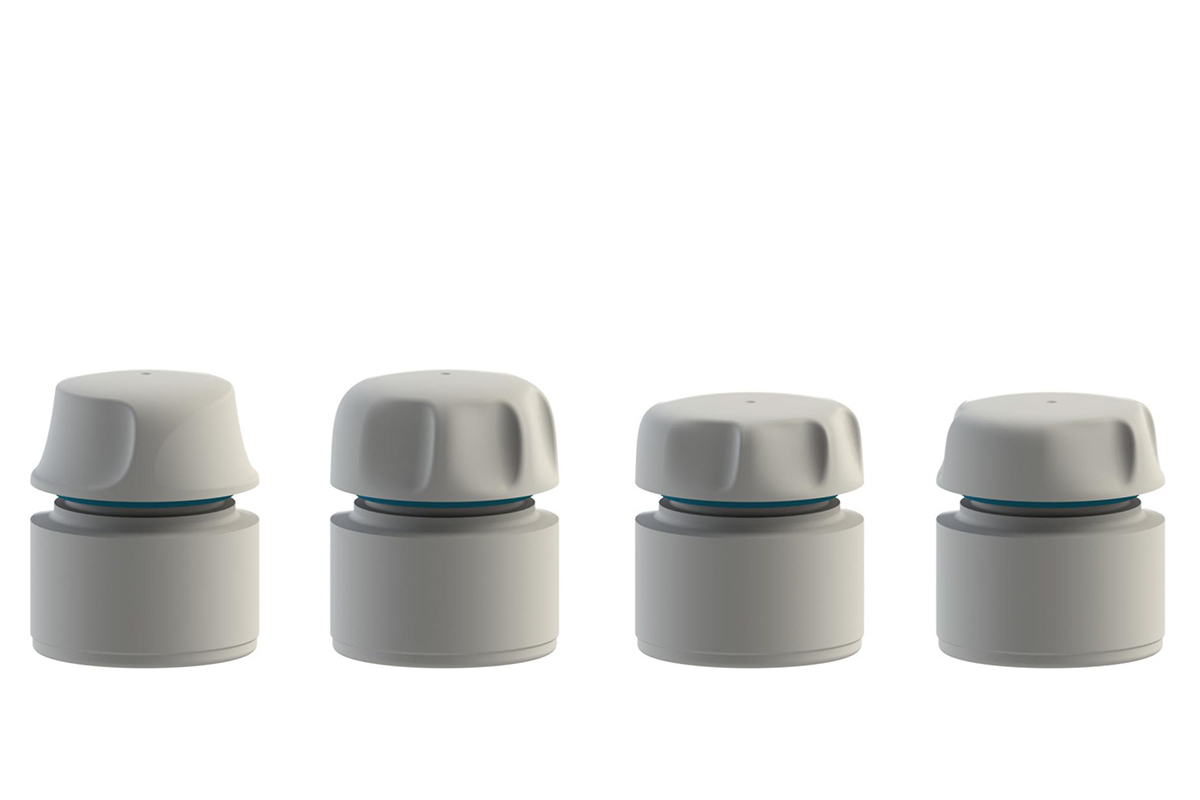
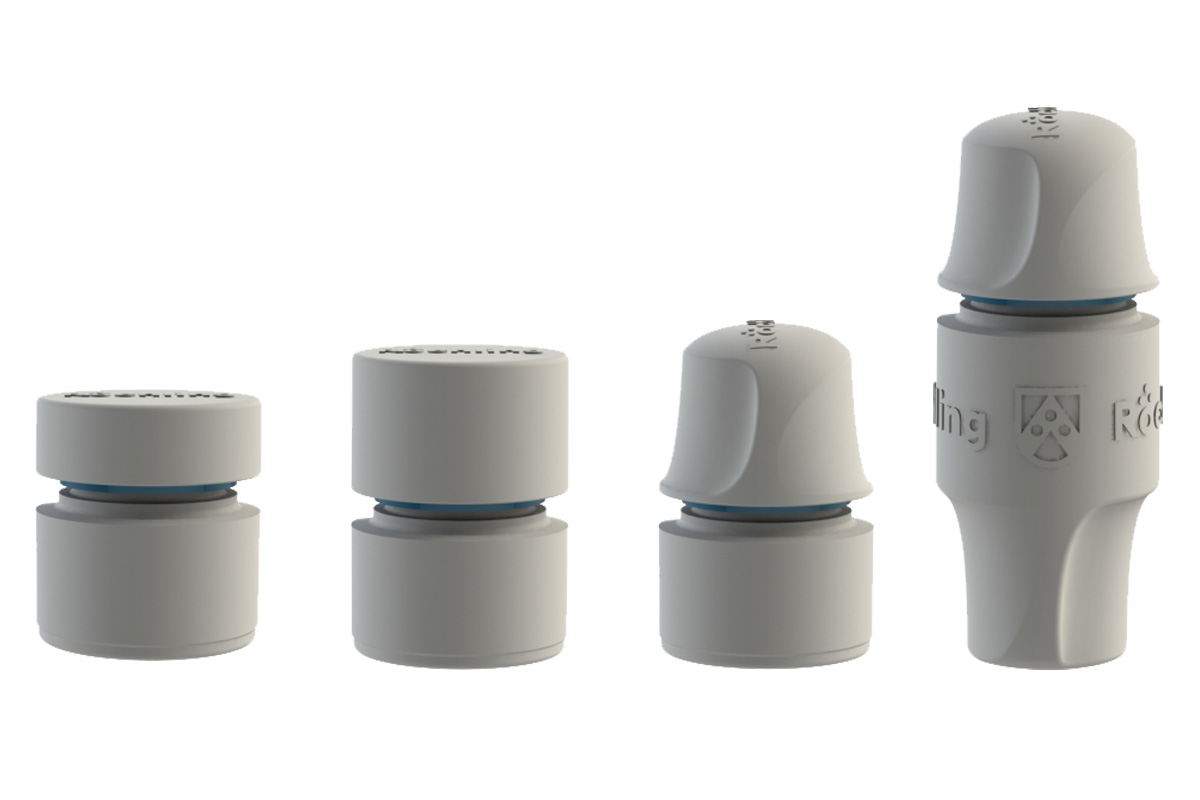
Learn More About Medication Non-Adherence and Possible Solutions
Röchling Medical Competences
Our Expertise, Your Benefit
Our customers benefit from our extensive expertise in plastics and metal processing, but also from our many years of experience in medical device and pharma. As your solution partner, we are familiar with both the regulatory and practical requirements of creating components and products for the healthcare sector tailored to your needs. We meet the highest quality and hygiene standards and operate in strict compliance with relevant regulations, such as the Medical Device Regulation (MDR).
Contact Us
For more information about our patient-centric pharmaceutical packaging options, please contact our team.
We look forward to hearing from you.

Thierry Arnaud
Vice President - Sales & Marketing Europe
